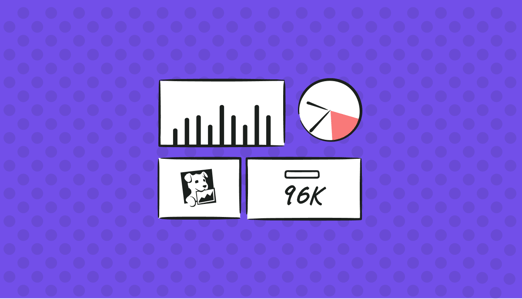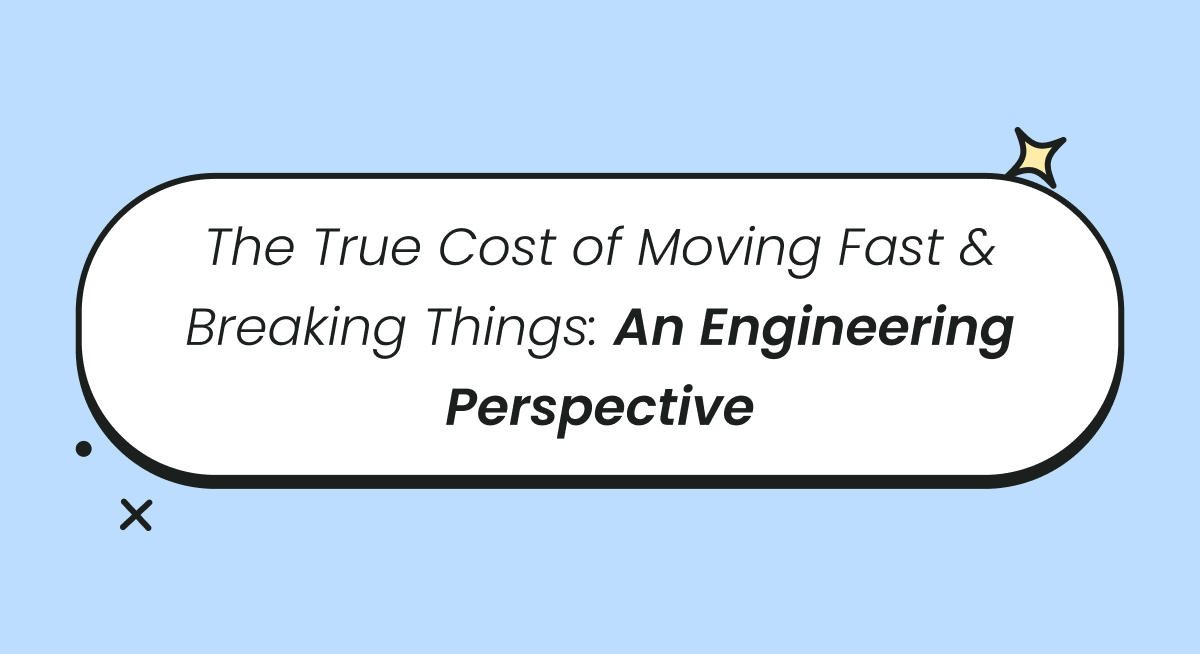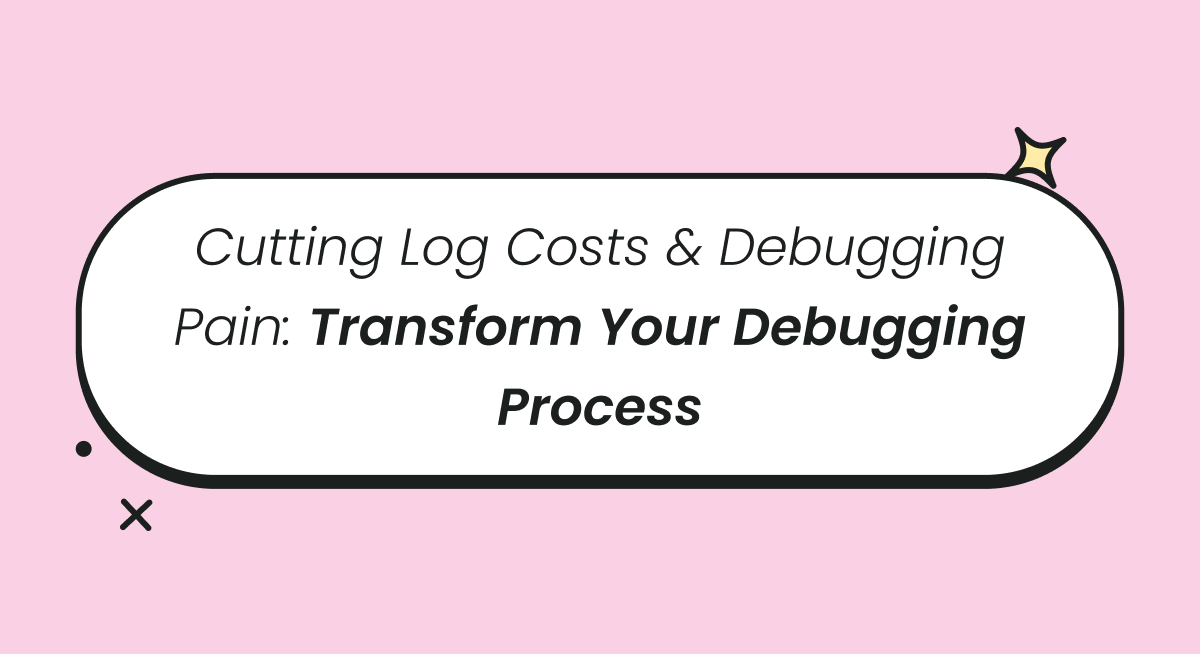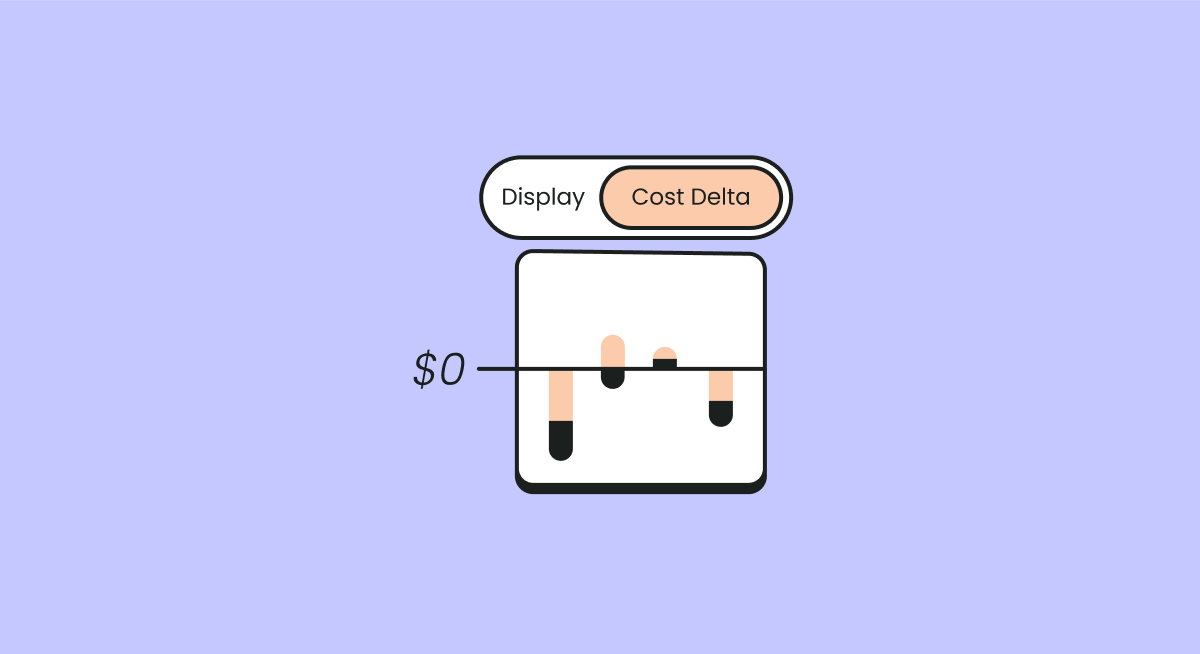
As businesses increasingly adopt cloud services to handle their infrastructure and applications, monitoring and observability solutions have become crucial for ensuring optimal performance and reliability. Datadog is one of the leading cloud monitoring platforms that offer real-time insights into various aspects of cloud infrastructure and application performance. However, with the growing scale of cloud environments, controlling costs associated with monitoring tools like Datadog has become essential.
In this article, we will explore cost optimization strategies for using Datadog effectively without incurring unnecessary expenses. By implementing these best practices, organizations can maximize their Datadog efficiency and ultimately reduce monitoring costs while maintaining a high level of observability.
What Exactly is the Function of Datadog?
Datadog is a comprehensive monitoring and observability platform that provides real-time insights into the performance and health of cloud infrastructure, applications, and services.
Key features and functionalities of Datadog include:
Metrics Monitoring: Datadog collects and visualizes metrics from various sources, such as cloud services, servers, containers, and applications. This helps track resource utilization, performance trends, and potential bottlenecks.
Logs Management: Datadog ingests, stores, and analyzes log data from different sources, offering centralized log management and real-time log analysis. It helps identify issues, troubleshoot problems, and maintain compliance.
Application Performance Monitoring (APM): Datadog's APM functionality provides detailed insights into application performance, including response times, error rates, and database queries. This helps optimize application performance and user experience.
Infrastructure Monitoring: Datadog monitors cloud infrastructure components, such as virtual machines, databases, and load balancers, providing visibility into resource usage and health.
Network Performance Monitoring: Datadog helps monitor network performance, including latency, throughput, and packet loss, enabling organizations to identify network-related issues.
Anomaly Detection and Alerts: Datadog's anomaly detection and alerting features notify users of abnormal behavior in metrics, logs, and traces, allowing proactive responses to potential issues.
Dashboards and Visualizations: Datadog offers customizable dashboards and data visualizations to present monitoring data in a user-friendly and actionable format.
Why Do We Need to Optimize Datadog Costs?
Scalability and Growth: As organizations scale their cloud infrastructure and applications, the data volume sent to Datadog can grow exponentially. Uncontrolled data ingestion can lead to spiraling costs, impacting overall budget allocation and hindering future growth.
Operational Efficiency: Optimizing Datadog costs allows businesses to focus resources on essential monitoring activities. By streamlining data collection and resource utilization, organizations can ensure operational efficiency and maintain a lean and agile monitoring strategy.
Cost Overruns: Without careful monitoring and control, Datadog costs can quickly escalate beyond budgeted amounts. Proactive cost optimization helps prevent unexpected cost overruns and ensures predictable expenses.
Resource Allocation: Cost optimization frees up resources that can be allocated to other critical business areas. These resources can be reinvested in development, innovation, or other strategic initiatives.

Best Practices to Optimize Datadog Costs
- Optimize Data Volume
Datadog charges are often based on the volume of data ingested and retained. To optimize costs, organizations should assess the amount of data they are sending to Datadog and identify opportunities for reduction. This can include filtering out non-essential logs, adjusting metric cardinality, and configuring appropriate log retention policies.
- Use Custom Metrics Wisely
While Datadog provides the flexibility to create custom metrics, overusing them can significantly impact costs. Prioritize which custom metrics are essential for your monitoring needs, and avoid creating redundant or overly granular metrics that might not add significant value to your analysis.
- Leverage Tags and Filters
Implementing effective tagging and filtering strategies can help streamline data collection and reduce costs. Utilize tags to organize your monitored resources efficiently and create filters to selectively include or exclude specific resources from being monitored by Datadog.
- Opt for Sparse Metrics Collection
By default, Datadog collects a wide range of metrics from supported integrations. Consider disabling metrics that are less critical or less frequently used to decrease data ingestion volume and associated costs.
- Rightsize Metric Cardinality
Datadog allows users to send custom metrics.
Custom metrics are billed by their cardinality, and metric type, i.e. each unique combination of tags is billed as one custom metric, therefore make sure the cardinality of tags you’re sending is reasonable, and indeed in used.
Sending custom metrics with labels such as instance-id / pod-id / request-id / user-id is known to be a major contributing factor to the custom metrics cost.
In addition, make sure to use the correct monitoring primitive (counters / gauges / histograms) as histograms and summaries are much more expensive than counters and gauges, so use them only when distributions are in fact needed.
- Utilize Log Patterns and Tracing Sampling
For log monitoring and APM tracing, optimize data collection by leveraging log patterns and sampling techniques. By configuring log patterns, you can extract specific fields from logs instead of sending entire log messages, reducing the data volume. Similarly, tracing sampling can limit the amount of APM data sent to Datadog, saving costs without compromising critical insights.
- Evaluate Custom Agent Integrations
Datadog allows users to create custom agent integrations to collect data from specialized sources. However, be mindful of the potential impact on costs and resource consumption. Review the necessity and frequency of these custom integrations to avoid unnecessary expenses.
- Resource Utilization Analysis
Regularly analyze resource utilization within Datadog to identify any unused or underutilized components. This analysis can include dashboards, monitors, and other resources. Eliminate or adjust components that are no longer necessary to optimize costs.
- Utilize Anomaly Detection and Alerts
Leverage Datadog's anomaly detection and alerting capabilities to receive notifications only when unusual events occur. This approach helps prevent alert fatigue and reduces unnecessary data collection when systems are operating within normal parameters.
- Continuous Monitoring Optimization
Optimization is an ongoing process. Regularly review and adjust your Datadog configuration based on changing requirements and priorities. Periodically reassess your monitoring needs to ensure that Datadog is optimized for cost-effectiveness without compromising critical observability.
Conclusion
Datadog is a powerful and versatile monitoring platform that plays a vital role in maintaining the health and performance of cloud-based applications and infrastructure. However, as cloud environments grow in complexity and scale, optimizing monitoring costs becomes crucial for businesses.
By implementing the above cost optimization strategies for Datadog, organizations can strike the right balance between observability and budget constraints. Leveraging the platform's various features, including data volume control, custom metrics management, tags, filters, and anomaly detection, will help businesses maximize their Datadog efficiency, minimize expenses, and ensure that their monitoring needs are met effectively and economically. Regular evaluation and adjustment of monitoring practices will ensure that the organization's Datadog implementation remains cost-effective and aligned with its evolving requirements.
Read More About Datadog Costs
How Much Does Datadog Cost?
Understanding Datadog's pricing model is crucial when evaluating it as a solution. Explore the various factors that influence Datadog's pricing and gain insights into its cost structure. Additionally, discover effective considerations for managing usage-based pricing tools like Datadog within the context of FinOps.
Read more: How Much Does Datadog Cost?
Part I: Getting Around the Datadog Pricing Model
In the first part of the blog series, written by our talented Software Engineer, Boris Cherkasky, we explore the question: "Why you should care about your Datadog costs?" Boris dives into crucial aspects of Datadog costs, emphasizing the importance of understanding them. He also sheds light on how Datadog pricing works, shares his experiences and lessons learned as a Datadog user, and discusses strategies to crack the Datadog cost/usage model. Moreover, Boris provides valuable insights on how to effectively gain control over Datadog costs.
Read more: Part I: Getting Around the Datadog Pricing Model
Part II: The Magic That Is In Datadog Pricing
In the second part of the blog series written by our talented Software Engineer, Boris Cherkasky, we cover how in general Datadog products get billed, and uncover the factors that sometimes lead to unexpected end-of-month invoices.
Read more: Part II: The Magic That Is In Datadog Pricing
Part III: Data Puppy - Shrinking Data Dog Costs
In the third part of the blog series written by our talented Software Engineer, Boris Cherkasky, you will discover the key factors to consider for effectively managing your Datadog costs. Boris will guide you through the process of uncovering the hidden potential for Datadog optimization, enabling you to make the most out of this powerful platform.
Read more: Part III: Data Puppy - Shrinking Data Dog Costs
Datadog Pricing
Discover the intricacies of Datadog pricing, explore key features such as debug, custom metrics, and synthetic monitoring, and provide strategies to optimize costs without compromising on functionality.
Read more: Datadog Pricing Explained
Datadog Debug Pricing
Datadog Debug offers developers the remarkable ability to streamline bug resolution and optimize application performance. To fully harness the potential of this invaluable tool, it is important to grasp its pricing structure, evaluate the value of its advanced features for your specific debugging requirements, and identify key elements that influence Debug pricing.
In this blog post, we dive deep into these essential aspects, providing you with the knowledge needed to make informed decisions and leverage Datadog Debug effectively for enhanced development workflows.
Read more: Understanding Datadog Debug Pricing
Datadog Custom Metrics Pricing
Datadog custom metrics empower businesses to capture and analyze application-specific data points, tailored to their unique use cases. The true potential of Datadog custom metrics lies in the precise insights they offer into application performance. Therefore, comprehending the product's pricing structure and evaluating the value of advanced features becomes crucial in making informed decisions to optimize costs effectively.
Read more: Understanding Datadog Custom Metrics Pricing
Datadog Synthetic Pricing
Integrating Datadog Synthetic Monitoring into your monitoring and observability strategy is a vital step for organizations seeking to proactively monitor and optimize their applications, while ensuring exceptional user experiences and mitigating risks.
In this blog, we will dive into the Datadog Synthetic pricing structure and explore the key factors that influence these costs. By understanding these aspects, you will be equipped to make informed decisions and leverage the full potential of Datadog Synthetic Monitoring.
Read more: Understanding Datadog Synthetic Pricing









